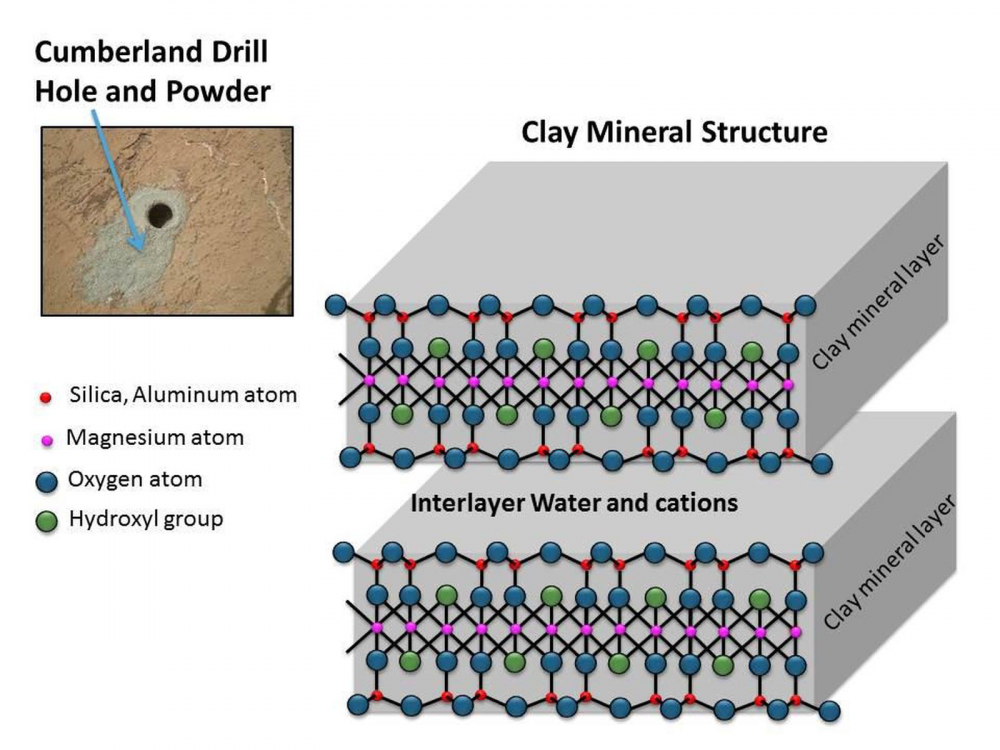Leaderboard
Popular Content
Showing content with the highest reputation on 04/04/21 in all areas
-
I quoted only the relevant responses I want to discuss: 1. You say that each profile has its own specific pattern, and then you talk about gene expression and silencing, but that doesn't really answer my question: How did you determine what the boundaries are of 1 profile versus the next, if 2 people have the exact same gene expression except for 1 gene, are they the same profile? If so, at how much deviation do we find ourselves in another profile? How did you determine these boundaries? Have you considered alternatives? 2. So your profiles always match a trait, it never is wrong? What does 'to different degrees' mean when we are talking about matching. Either a profile associates with it or not right? Or have you scaled all the physical traits, so that one can get a score of 0 to x for 'long neckedness'? Please elaborate how they are matched, how things can be partially matched, and how is it possible that it matches always, you realise this is very unlikely with 26000 samples... 3. I am asking about how you chose to determine what physical phenotypes there were, you say it always matches, so how did you determine what a specific trait is. I don't care about why you chose these two to share, I am wondering about how you generated your list of total physical phenotypes, how you determined the boundaries and why not alternatives. 4. A list of people that I have to look up is not evidence, A I am a person, I can't quantify physical traits without significant amounts of bias, instead a computer should do this or a panel of people with very clear instruction. B Your list is going to be the definition of confirmation bias, I don't particularly doubt that these people from your dataset, for which you have produced epigenetic pattern definitions and physical trait definitions and which you then matched, will show the association that you are trying to tell us about. However, that doesn't mean anything; if I show you a bunch of pingpong balls that are all red, and I then tell you that I found red to be associated with pingpong balls, because, look all of the red pingpong balls that I am showing are red. Then this doesn't hold up. This is why we need frequency tables of the epigenetic patterns and of the physical traits, I would also love to actually see the statistics and the tests you have done to confirm your finding (again, you don't have to go showing everything, just of this one experiment). At the moment, I find it hard to believe that you have discovered anything, let alone came across an Nobel prize-winning discovery. This has little to do with the evidence, but a lot with your presentation and communication (skills). You might have discovered something really cool, but so far you have not provided evidence yet, and the lack in scientific rigour and the ease at which you apparently accept something to be evidence, makes it very hard for me to believe that you did actually find something. I think that regardless of what you have found, this is something you can improve on a lot! I am looking forward to hearing and seeing a bit more of the more methodical, quantitative and statistical side, since that is eventually how we can falsify information. Goodluck!2 points
-
There are radio stations that broadcast the USNO master clock voice announcer feed when they have certain issues, so people know the station is still broadcasting. Maybe I can slip Girl from Ipanema in there next April 12 points
-
Addressing your point about credibility of a smoothy containing CaCO3, this is certainly possible if it is dispersed in colloidal form. In my former work in the lubricants industry, we used to put "overbased" detergents in engine oils. These contained sometimes quite high amounts of colloidal CaCO3, which was useful to neutralise the acids formed by the combustion of the fuel, thereby avoiding corrosion of the cylinder liners in the engine. The CaCO3 was bound inside "micelles" of detergent molecules, forming a sort of cage around each sub-micron particle of what was effectively chalk, allowing it to remain suspended in the oil almost indefinitely. I believe the same idea is used in medicines such as "milk of magnesia", which is used for heartburn - though the suspended material in that case is Mg(OH)2 rather than CaCO3. However I have no idea what substance is used to stabilise the suspension in these cases.2 points
-
so,you mean if I don't get better, then I won't survive to..and won't adapt. first ,I thought (and also allege) : "being good" would differ from "getting better". I am still sure that I am good. also sometimes I can add : I am anciently way romantic and handsome hahahaha mmm,well, I can let you consider this probability however, which rule you exactly mention (is not clear),can you provide some additional contexts?1 point
-
I'm not a mineralogist, but I can try to add a bit to what others have said, based on what I have quickly been able to read up.😉 Clays are made up of tiny crystals of "clay minerals" and water. The water is hydrogen-bonded to the surface of the crystals, which means it is attached by bonds that are about a tenth the strength of a full "normal" chemical bond. A crystal of dry clay mineral will tend to absorb water until there is a hydrogen bonded film of water all along its surface. Clay minerals are made of sandwiches of sheets of silicate tetrahedra, which have a -ve charge, with metal ions in between that have a +ve charge, thus making the whole sandwich electrically neutral, and then water molecules in between one sandwich and the next. (Though some are Danish open sandwiches with only one layer of silicate "bread" under the metal ions and nothing on the top.) Because they have a sheet structure, these minerals easily cleave along the lines of the sheets, as mica does. What you end up with is a lot of microscopic, flat, very thin flakes of clay mineral, with water in between. It is the water that makes clay plastic, enabling you to mould it, as it allows the flat flakes to slide past one another. In terms of chemical bonding, you have covalent bonding within and between the silicate tetrahedra, ionic bonding between the sheets of tetrahedra and the metal ions in the sandwich, and finally hydrogen bonding of water molecules along the outside of the sheets. So clays are chemically quite complicated things, dull though they may look from the outside. So when you ask if clay is uniform or homogenous, it depends on at what level you mean. Macroscopically it is, but at the molecular level it is made of two distinct phases, a solid mineral and liquid water - albeit much of the water is hydrogen bonded to the mineral so that it does not behave entirely like a liquid. Moulding the clay does nothing to this structure. However, drying or firing the clay will drive off most of the water, shrinking the clay and hardening it by allowing the layers to link together directly instead of being kept apart by a layer of water. Here's a diagram I found which may help visualise it:1 point
-
1 point
-
Not to mention the insane level of HIPAA/IRB violation publicly posting your research subject's names on a public forum, then suggesting people dox them to verify the research. OP - Delete the file. Learn to anonymize data. Get an IRB approval for human subjects research. Posting first and last names with morphometric data is probably illegal where you live, and no one in their right mind will publish it, let alone give you a prize. Edit: I quarantined the post. This is a textbook example of why human subjects research requires ethics approval.1 point
-
1 point
-
I was alluding to the idea that if we do find life on say Mars and it turns out to be genetically identical to "Life on Earth" we couldn't really show it wasn't transported by panspermia to Mars from Earth or vice versa. This would apply to life using water as a solvent anyplace in the solar system. But if that life used different chemicals than Earth life then we would have a second genesis for sure.1 point
-
Your ignorance on so very many topics is a remarkable thing to behold and truly seems to know no bounds. https://www.bloombergquint.com/quicktakes/unraveling-the-mysteries-of-china-s-multiple-budgets-quicktake https://hbr.org/2020/02/how-much-money-does-the-world-owe-china1 point
-
How are epigenetic profiles defined, how are they measured or determined, where are there boundaries? What does this list tell us? Is the frequency at which epigenetic profiles and these features match higher than what would be expected from regular distributions? How often do these profiles and features match and how often do they not? Are there differences for particular features or profiles? What is the total sample size of the evidence? How are these features defined, why these features and not other ones? At the moment, I don't really see any evidence yet, nor explanation of your methods. It would be very useful if you could describe in a few paragraphs what you have done (in this or another particular experiment, you don't have to explain ALL your evidence, just start by explaining a single one very well), and also describe the results. This txt file is literally a bunch of names, there seems to be no evidence yet, nor does it give me any real idea of what the list describes or what we should interpret from it. I hope you can provide more explanations and answer our questions! Kind regards, Dagl1 point
-
Can any religion fanatic explain what is seen as good to call 'good friday' the day commemorating the killing of the skinny guy on a cross ?-1 points








